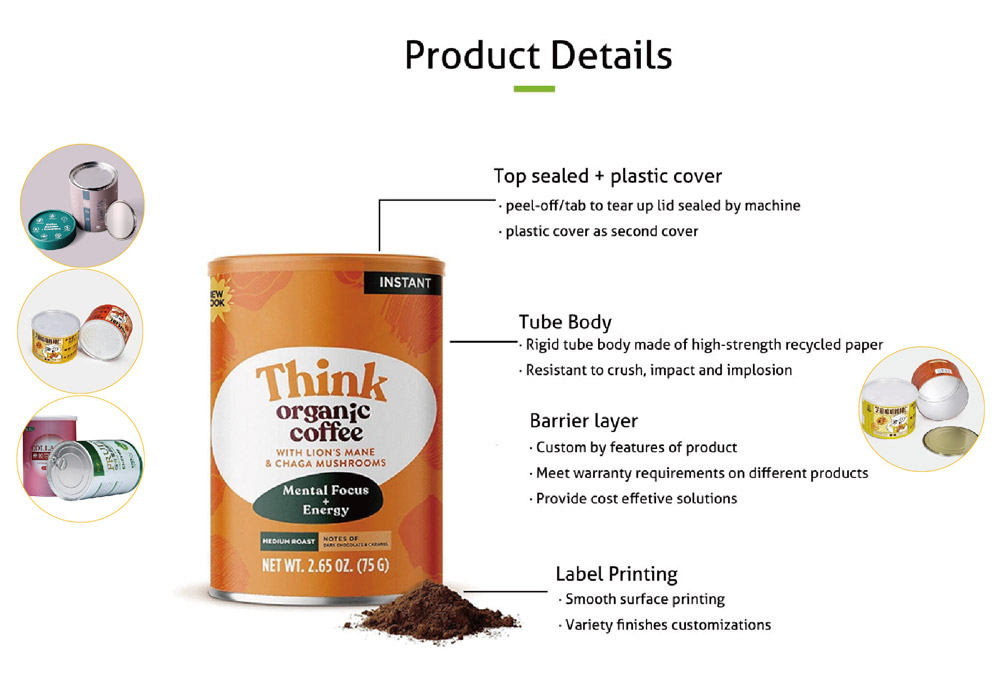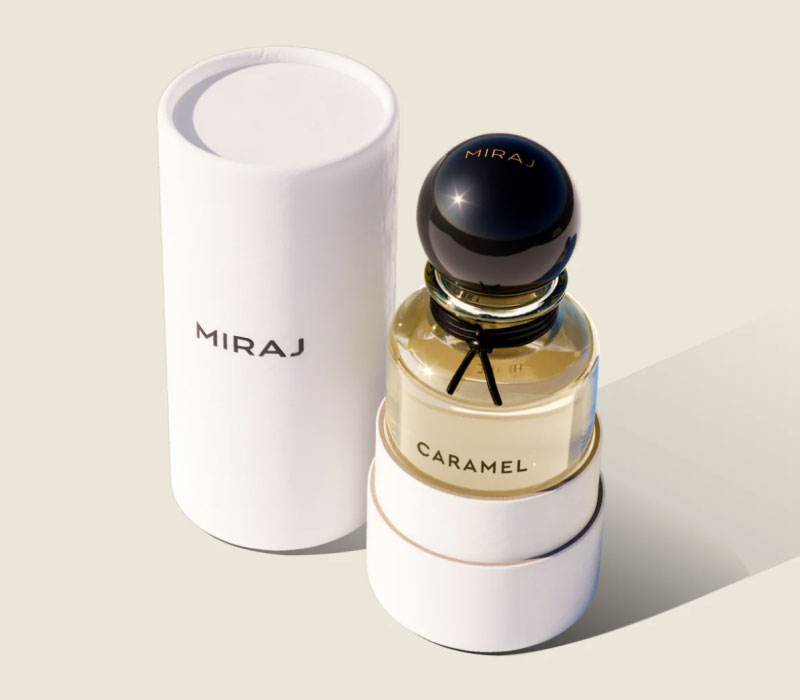
With increasing global attention to environmental issues, food industry is paying more and more attention to using eco-friendly food packaging. This not only reduces environmental pollution but also enhances brand image and meets the growing demands of environmentally-conscious consumers.
Defining Eco-Friendly Food Packaging
When we talk about eco-friendly attributes, we’re talking about the following points:
1. Packaging is Biodegradable
Biodegradable packaging is made of materials that can decompose into harmless substances under natural conditions. It is easy to understand that, paper is one of a biodegradable material that can be composted among many packaging materials.
2. Packaging is Recyclable
Recyclability is a crucial factor in reducing environmental pollution. Packaging made from recyclable materials contributes to a circular economy.
3. Bio-based Plastic Packaging
Bio-based plastics are made from renewable resources, such as plants, and have a lower carbon footprint compared to traditional petroleum-based plastics. The food packing bags from TIPA are made from plant-based plastics and can completely decompose in a home composting environment, leaving no harmful residues.
4. Use Minimalist Packaging
Reducing packaging is an effective method to achieve environmental goals. By simplifying packaging design and optimizing material usage, resource consumption can be significantly reduced.
Paper Canister: An Innovative Eco-Friendly Food Packaging
Here we discuss food packaging that not only meets environmental protection requirements but also fulfills food sealing requirements. Now let’s see how paper canister packaging achieves these.
Features of Paper Canister

From the structure picture above, it is clear that the paper canister packaging container is composed of kraft paper, a tin lid, and an aluminum foil lining. Kraft paper is a biodegradable and compostable material, the internal waterproof and oil-proof aluminum foil lining can also decompose in natural environments without leaving harmful residues. The tin lid can be easily recycled. Therefore, paper canister packaging is made of biodegradable and recyclable materials.
So, how does the paper canister provide a sealing packaging for food? This brings us to its sealing method.
As a cylindrical packaging style, the paper canister needs to be sealed at both ends. From its image, we can see that its bottom is a tin lid attached to the cylinder body, sealed by machine pressing. This allows the lid to tightly seal with the packaging, effectively blocking oxygen and providing good sealing for the food. Similarly, the top seal must also be completed by a machine, and the top seal offers various sealing lid styles, such as easy-peel lids, pull-ring lids, and twist-off lids, etc. Customers can choose according to their preferences and product characteristics.
You may wonder, since the body is made of kraft paper, can it be waterproof and oxygen-proof? Don’t worry, don’t forget that we have a layer of food-grade aluminum foil lining inside, which inherently has good waterproof and oxygen-proof properties. Combined with the sealing method of the upper and lower lids, paper canister packaging can provide food with a long and good shelf life.
You may also ask, what kind of food packaging is it suitable for? The answer is, there are too many, such as the following:
- Powdered Foods
- Fruit and Vegetable Chips
- Nuts and Seeds Puffed
- Foods Tea, Herbal Tea, Coffee
- Candies and Cookies Pet
- Foods Rice, Oil, Flour Various Seasonings
- Other Products Requiring Long-Term Preservation
Till here, you must have a good understanding of this newly innovative eco-friendly packaging for food now, If you would like to see a portfolio of this eco-friendly food packaging and want to try it for your food products, contact our packaging specialist, you can get it started easily.








